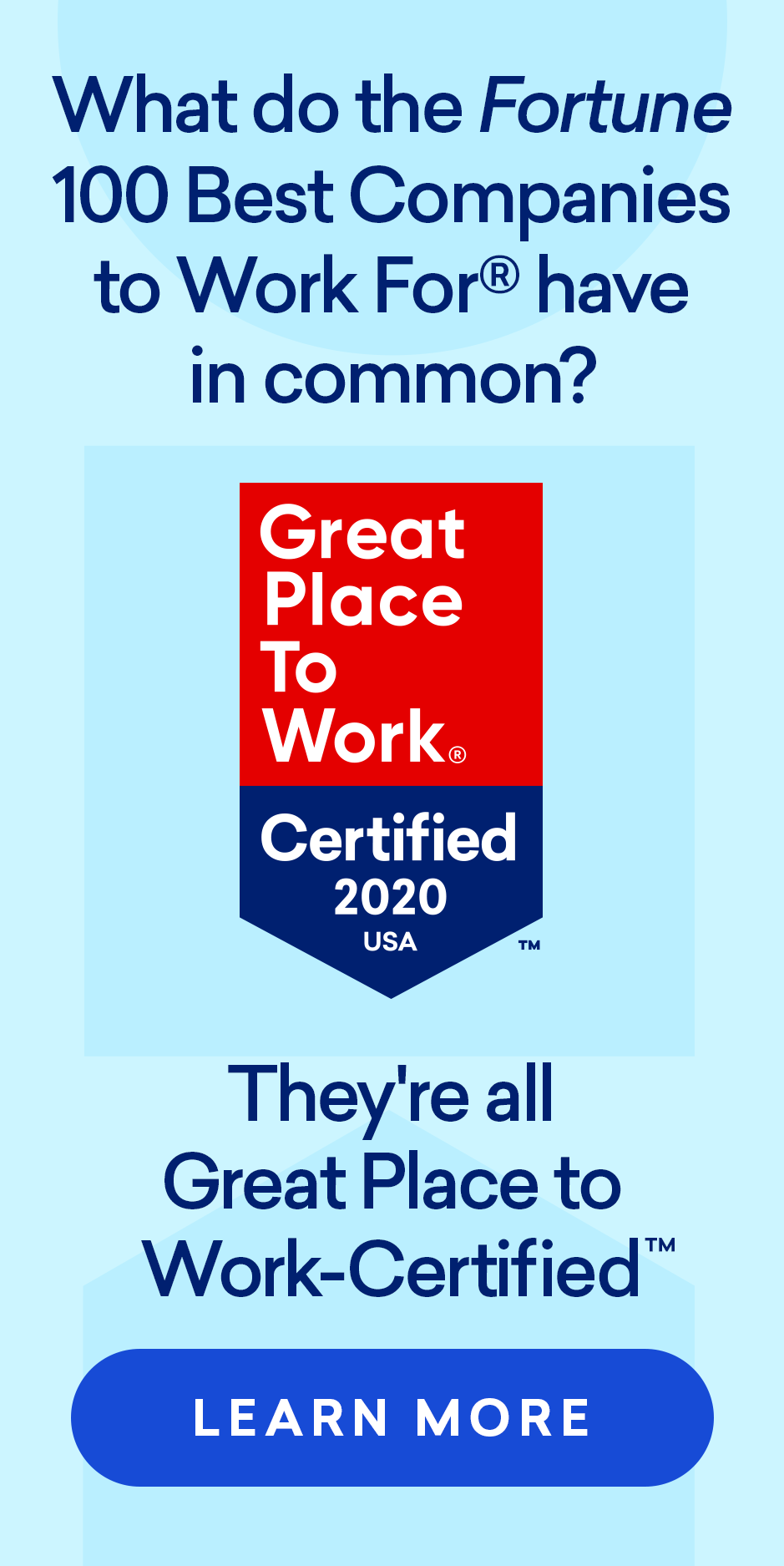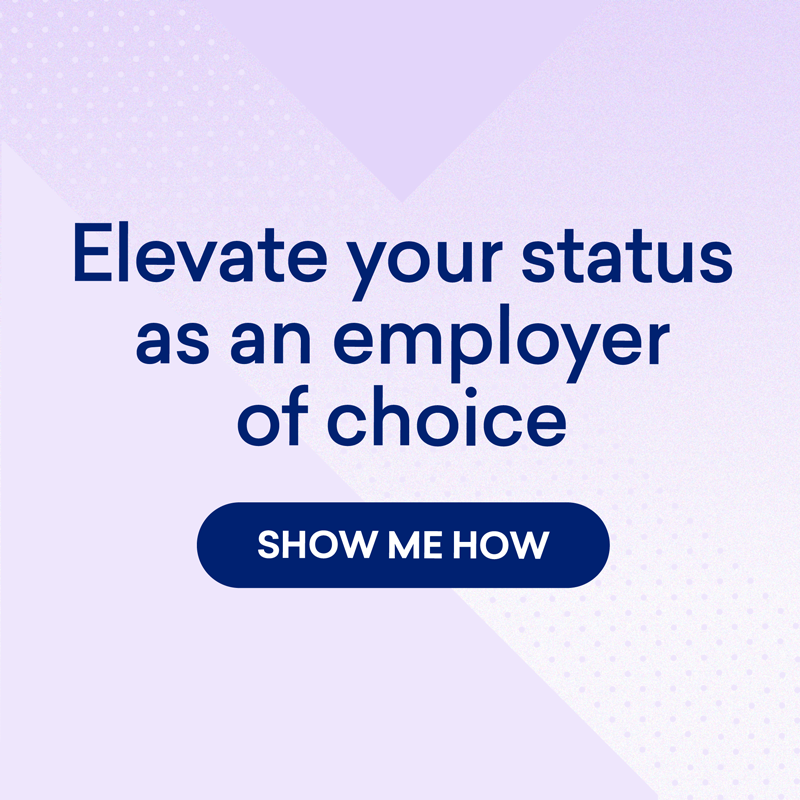Incorporating Development, Alignment, and Check-Ins
Performance reviews: Let's face it—they're not the most enjoyable part of the employer/employee contract.
If you're an employee, this is when you must painstakingly wade backwards in time, through copious emails and calendar items, trying to piece together some coherent semblance of a year's worth of work to present to your manager. If you're a manager, not only must you do the same for yourself, but you also have a pile of reviews to complete and deliver to each of your direct reports.
The result? Typically, a 1-hour-per-year conversation between employees and their managers about whether expectations were met, whether a pay raise is in order, and possibly an insightful reflection or two. With the addition of a few signatures, the report is then filed with HR—where it may or may not ever be seen again.
How to Leverage the Process
What if it were different? At many of the Best Companies to Work For, the performance review process is treated as much more than a compulsory HR procedure.
That is because these companies treat employees' performance as an integral part of the functioning of the business. To that end, they leverage the review process to not only assess performance, but also to serve as a platform for employee development and to ensure the efforts of the workforce are closely aligned with company goals. Now that's something worth spending your time on.
Consider some of these approaches to the performance review from recognized Best Companies.
Cisco's performance management and development program, called the Cisco Performance Connection (CPC), offers year-round feedback to employees.The year starts with goal setting, where employees can align their goals to those of the organization. An important mid-year discussion takes place focusing on career development, and the year-end performance review gauges performance based on accomplishments and provides an opportunity for managers to reinforce the linkage between business results and rewards. Throughout the year, employees and managers are able to request feedback about themselves as well as provide feedback to others (via a CPC tool) that is shared on a regular basis.
At American Express, the "performance management process" (PMP) is designed for clear goal alignment throughout the company. Employees design their own development plan, and their direct supervisors are their "development partners," responsible for monitoring progress, success and learnings through regular one-on-one conversations and formal mid-year and year-end assessments.
In another example, Adobe recently decided to reinvent their performance review process in favor of a "check in" system (read Blowing Up the Performance Review: Interview with Adobe's Donna Morris). Here, the emphasis is on setting clear expectations, providing feedback, and attending to employee growth and development.
A key lesson we can learn from these and other great workplaces is that keeping up with people's performance is something that should be attended to year-round. The process can be leveraged to ensure that companies getting the most out of their most precious resource—their people—while helping employees see that their efforts are integral to the company's success.
What is your experience with performance reviews? Have you tried anything that is particularly effective in leveraging this process?











